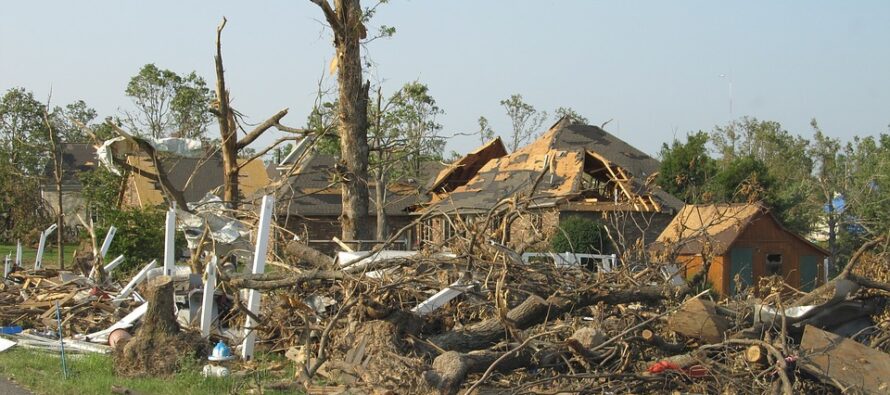A Basic Threat List to Start You on Your Survival Planning

Official type emergency handbooks and such from FEMA, the Red Cross, and other such sources use general guidelines for most situations. They also concentrate the most on natural disasters and stick to the common basics.
You, however, should take a look at your own personal situation and try to access the threats to you and your loved ones as there are some events that are more likely for your area.
HOW GREAT IS MY THREAT FROM THESE NATURAL EVENTS?
- EARTHQUAKES
- TORNADOS
- VOLCANOS
- HURRICANES (REMEMBER THEY HAVE SECONDARY EFFECTS)
- FLOODS
- BLIZZARDS
- ICE STORMS
Using us as an example, as far as the natural disasters, I live in an area that has very little chance of a major earthquake. With my home here at the foot of the mountain, the terrain makes a tornado much less likely, but still reasonably possible. I am also sufficiently high up from the valley below so that the direct effects from the river flooding could not reach me.
But, I am in the “snow belt”. Ice storms can bring down lines here. Artic cold, like we have in winter, can affect the normal grid in dangerous ways. Snow can reach blizzard levels, blocking roads, and taking down lines. It also causes icy roads, which can lead to crashes taking down power lines that may take days to fix due to the bad weather.
We also can see lines come down from summer storms or the side effects of hurricanes or tropical storms. Heavy rains could affect the reservoirs with their run off. Also, with the forest only a hundred yards or so from our front door a wildfire could be a threat.
HOW GREAT IS MY THREAT FROM THESE MAN-MADE EVENTS:
AIRPLANE CRASH: ARE YOU ON A FLIGHT PATH?
NUKE PLANT ACCIDENT: ARE YOU NEAR ONE? WHAT ABOUT THE WINDS?
DERAILMENTS: ARE YOU FAR ENOUGH AWAY FROM RAIL LINES IN CASE OF CHEMICAL SPILLS, EXPLOSIONS OR FIRES?
CHEMICALS: ARE THERE STORAGE AREAS NEAR YOU? WHAT ABOUT MAJOR INTERSTATES OR HIGHWAYS WITH TANKER TRUCKS OF EVERYTHING FROM GASOLINE ON UP?
Keep in mind that events have basically two zones. The first is the area hardest hit sometimes referred to as “Ground Zero” This is the zone you see on the TV news reports, the area of devastation.
The second one is not usually shown on the news. This is what we call the RAGE, the Relative Area of Grid Effects. Simply put, you could be in between the devastated “Ground Zero” and where the grid is operating normally. In turn, this could cause your personal “grid” to be affected from annoyance level to a major problem. You could lose power, water, or all the aspects of the grid without any actual damage to your home or block.
What causes the event is important towards what you need to be able to deal with it. But, the general rule of thumb is to be able to be cut off from the grid and exist on your own little island until things get back to normal (called hunkering down), or to evacuate quickly if necessary (called bugging out).
You also must keep in mind that what threats you have for your home may be different that those you might face while at work. In future articles, we will explore everything from being at work and getting home (bounce back), hunkering down, or bugging out. We will also go over various types of emergency bags.
One more very important rule when starting your planning:
ACCESS THREATS, DON’T OBSESS OVER THEM.
Visit: EZ Battery Reconditioning To Learn More here: http://www.survivalistdaily.com/ezbatteryreconditioning







Let me tell You a sad story ! There are no comments yet, but You can be first one to comment this article.
Write a comment